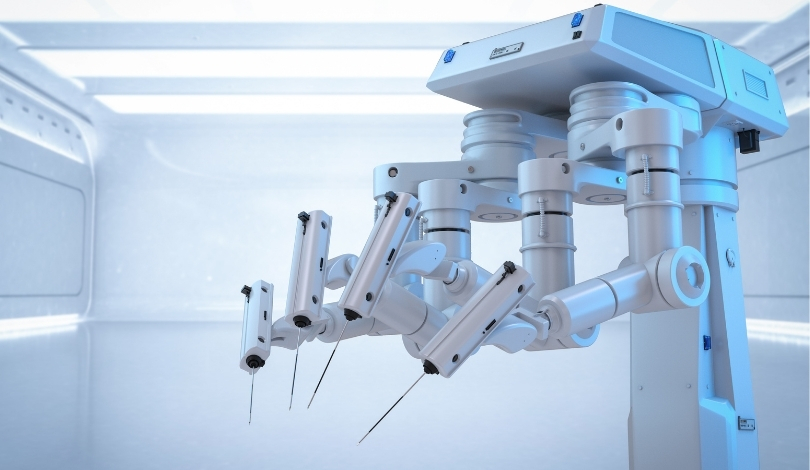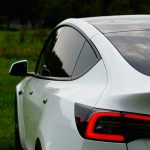Spectators and industry leaders are set to witness a new phase in motorsport as autonomous vehicles take center stage at WeatherTech Raceway Laguna Seca. The Indy Autonomous Challenge (IAC) brings its lineup of AI-piloted racecars to the renowned California circuit on July 24, coinciding with the Grand Prix of Monterey. This event not only highlights technological advancements within racing, but also attracts global interest from researchers, manufacturers, and technology executives. The selection of Laguna Seca reflects its legacy of motorsport innovation while providing a platform for cross-disciplinary collaboration. The event’s schedule and programming are designed to appeal to those interested in the intersection of artificial intelligence, robotics, and high-speed racing.
Several previous IAC events have taken place at high-profile tracks, including the Monza F1 Circuit where AI vehicles completed record-breaking runs. Recent announcements indicate increasing integration of academic and industry expertise, with an emphasis on collaboration among educational institutions from multiple continents. Unlike earlier IAC races that focused solely on speed trials, this upcoming event incorporates both competitive and educational components, setting it apart from its predecessors. The involvement of Silicon Valley-based companies and policy makers marks a departure from prior events that were more contained within motorsport or academic communities.
IAC Moves onto Laguna Seca Road Circuit
For only the second time, an IAC race will unfold on a road circuit instead of an oval, challenging AI systems to handle the nuanced turns and rapid elevation changes of Laguna Seca, including the well-known Corkscrew section. Eight university-affiliated teams from North America, Europe, and Asia have confirmed participation. University of California, Berkeley, Politecnico di Milano, and the Korea Advanced Institute of Science and Technology are among the featured entrants competing for time-trial honors. The adaptability of AI software will be essential as team-developed systems navigate complex real-world conditions unique to this venue.
What Will the Summit Address for AI and Mobility?
Concurrently with the race, the IAC will organize a closed-door AI & Automation Summit. This meeting brings together specialists from leading institutions, the technology industry, and representatives from government bodies spanning the US, Europe, Asia, and the Middle East. Discussions are expected to range from technical issues in autonomous driving to broader societal implications of robotics and artificial intelligence. Attendees include teams competing in the IAC, as well as executives and researchers from established and emerging tech enterprises.
Which International Teams Will Compete or Exhibit?
Eight university teams, including AI Racing Tech, Autonomous Tiger Racing, CAST Racer, Cavalier Autonomous Racing, IU Luddy, KAIST, PoliMOVE-MSU, and Purdue AI Racing, will compete at Laguna Seca. Two teams, TUM Autonomous Motorsport from Germany and UNIMORE Racing from Italy, will participate in an exhibition event at the Monza circuit during Milan Monza Motor Show. Each team aims to showcase improvements in their respective AI driver software, contributing to the global discourse on safety, efficiency, and performance in autonomous vehicles.
“Bringing this race and AI summit to the doorstep of Silicon Valley creates a high-impact moment to showcase the world’s fastest racecars to industry leaders in AI and robotics,” remarked Paul Mitchell, CEO of Indy Autonomous Challenge and Aidoptation BV.
Many participants hope the exposure will stimulate industry partnerships, attract investment, and foster new research collaborations across continents. The alternating locations for competition also allow for greater international engagement and experimentation on different tracks.
Events such as the IAC at Laguna Seca serve as a visible benchmark for the progression of autonomous vehicle development and collaboration between academia and industry. For readers interested in autonomous mobility, such competitions offer insights into the state of AI hardware and software innovation applied to demanding real-world applications. Teams leverage not only technical prowess but also logistical coordination and resource management, often transferring solutions to sectors like commercial transportation, urban mobility, and logistics. The Summit’s focus on policy, technical progress, and cross-disciplinary dialogue ensures that the IAC’s impact extends beyond entertainment and into shaping the roadmap for autonomous driving solutions worldwide.










